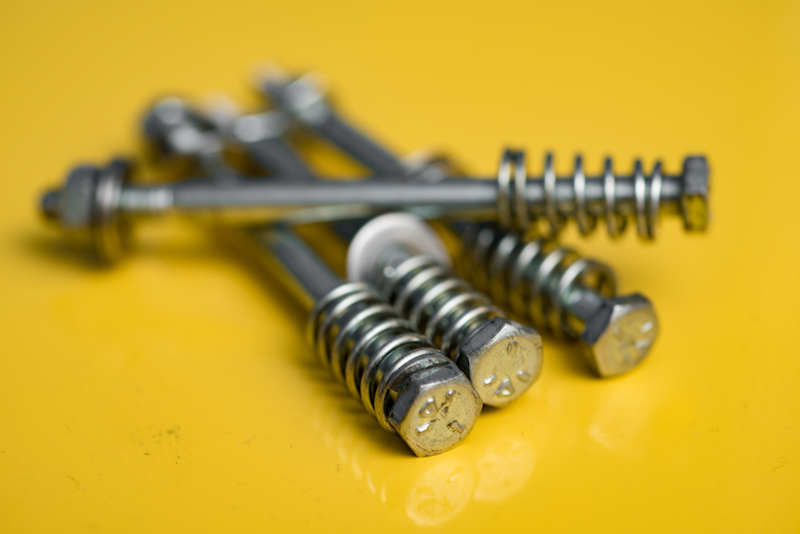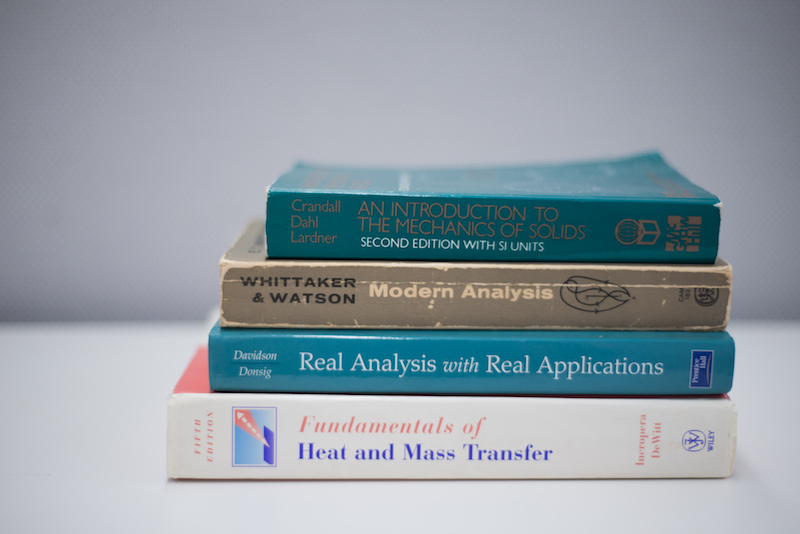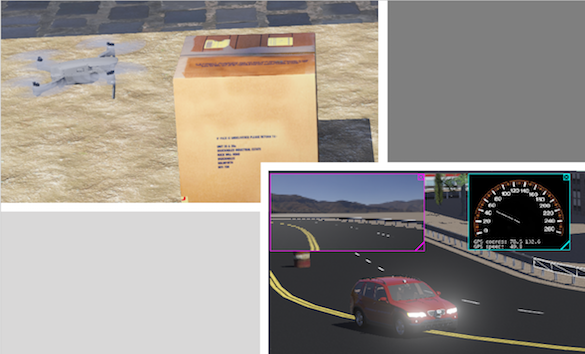There’s no stopping MechE
We're energized for a hybrid-style fall semester
Lisa Kulick
Jul 16, 2020
When life throws lemons to mechanical engineers, they make lemonade... and dynamic systems, geometric models, and thermal fluids experiments. There's no stopping mechanical engineers. And there's no stopping the resilient, creative students and faculty of the Department of Mechanical Engineering.
As the department prepares for a hybrid model of education for the fall 2020 semester during the COVID-19 pandemic, it is energized for a vibrant, new academic year. Faculty, instructors, staff, and teaching assistants have been transforming their courses and instructional activities during the summer to make them more engaging, accessible, and relevant to students regardless of their physical location.
Faculty and instructors have also been collaborating with Carnegie Mellon’s Eberly Center for Teaching Excellence & Educational Innovation. This center provides invaluable resources that support and promote student learning and performance.

Source: College of Engineering
“One of our main goals this semester is to maintain a high level of hands-on learning experiences for students, because this is at the core of being a mechanical engineer,” said Allen Robinson, head of the department. “I’m confident that we will have a productive, impactful semester while keeping students safe.”
Burak Kara, a professor of mechanical engineering, is teaching the course Dynamic Systems and Controls this fall. He’s developed a hands-on module that students can do from home as part of their homework assignments. There will be an avatar-based approach to running experiments in real time and system simulations for further explorations of experiments.
“System software and hardware are being prepared and tested to ensure the course will work smoothly and provide best possible learning outcomes to our students,” said Kara.;
Students enrolled in the course will receive a delivery of a “lab in a backpack” kit with an Arduino system and a motor for this hands-on learning experience. The specific tasks that they might tackle involve studying the time and frequency response of the motor, conducting system identification, and implementing control algorithms.
Engineering Design II: Conceptualization and Realization is a required course for senior mechanical engineering majors. Because the course is designed to guide students through the applied design of a practical mechanical system, building prototypes is an important part of the course. It also poses the greatest challenge. Students on campus will need to stay six-feet apart while using Tech Spark’s fabrication facilities while other students will be remote without direct access to the prototyping equipment. And, they’ll still need to work in teams.

Source: College of Engineering
Kate Whitefoot, an assistant professor of mechanical engineering, has made several changes to the course to make it work for students both on and off campus. She is creating a new course module on V-model system and subsystem requirements. This will be important because students will need to work on their subsystems separately while ensuring that they integrate together seamlessly.
“The nice thing about converting the class to a V-model approach is that it is really relevant for the modern day world,” Whitefoot said. “In most engineering contexts, products are designed by a large number of people and different organizations or divisions within a large company. This necessitates the ability to decompose the product into subsystems that can be designed separately and in parallel.”
This fall’s version of the course will give students the experience of designing and manufacturing products in this type of environment where the work is distributed. A critical aspect of this design process is specifying the requirements and interfaces between subsystems upfront and holding to them.
The original version of the course was more entrepreneurial in nature with students in small teams able to work on all aspects of the product at the same time. “This version of the course will not only comply with social distancing measures necessary with COVID-19, it will also give students direct experience with the type of design process experience common among engineering product managers,” Whitefoot explained.
Students who are remote will assemble their subsystems separately and ship them to their teammates. If they are unable to machine custom components themselves, Tech Spark staff or a third party vendor will produce these custom items and ship them to the students.

Source: College of Engineering
In the course Thermodynamics I, sophomores will be able to perform hands-on activities no matter where they are. The course enhancements will involve experiments, measurements, application of laws of thermodynamics to acquired data, data analysis, and documentation.
Students in this course taught by Satbir Singh, an associate teaching professor, will use computerized property tables that are accessible from computers and smart phones, increasing the efficiency of problem solving. Another enhancement to the course is live, in-class, peer-to-peer collaboration through remote breakout sessions and shared online documents.
Professor Maarten de Boer is teaching Dynamics this fall, a course typically taken by juniors. A new aspect will be the addition of computational modules using SolidWorks, a 3D modeling package widely used in industry and academia, to complement the analytical approaches of the coursework.
“The exercises will enable students to better visualize their results, to solve more complex dynamics problems, and to reinforce and enhance their SolidWorks skills,” said de Boer.
Ding Zhao, an assistant professor of mechanical engineering, is building a series of realistic simulation environments to support remote teaching for his course Linear Control Systems, one of the most fundamental courses in the modern control curriculum. One of the course’s assignments might have students design controllers for autonomous delivery robots for smart manufacturing to combat the COVID-19 pandemic. Students will learn and implement the Kalman filter, optimal control, and adaptive control algorithms on Robotics Operation Systems (ROS) which are ready to deploy to the physical devices.
“An even bolder idea is to set up physical robots and let the students experiment with controlling them remotely,” said Zhao. “We are working on this for future courses.”

Source: College of Engineering
Media contact:
Lisa Kulick
lkulick@andrew.cmu.edu